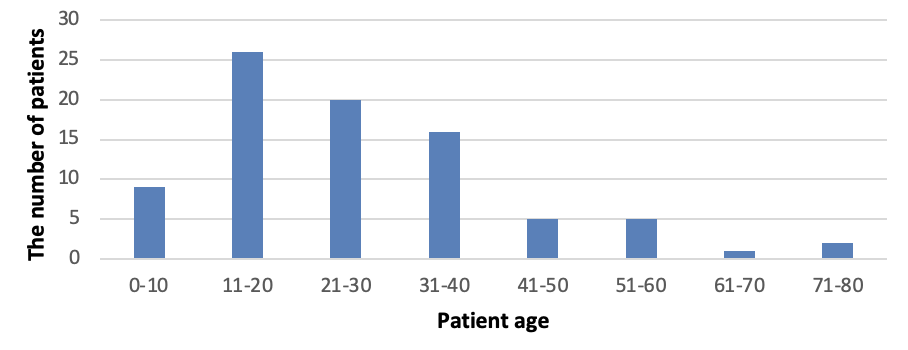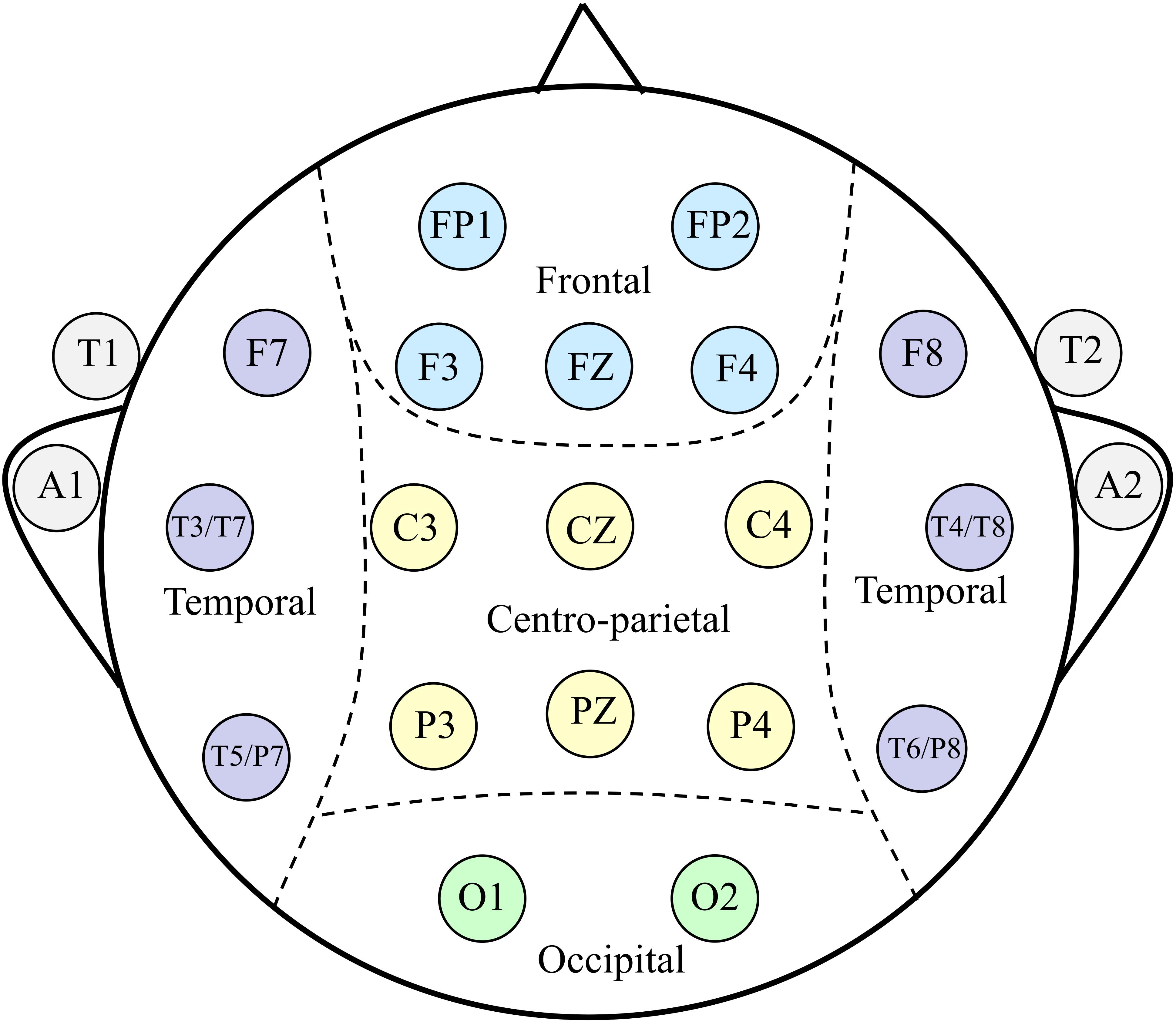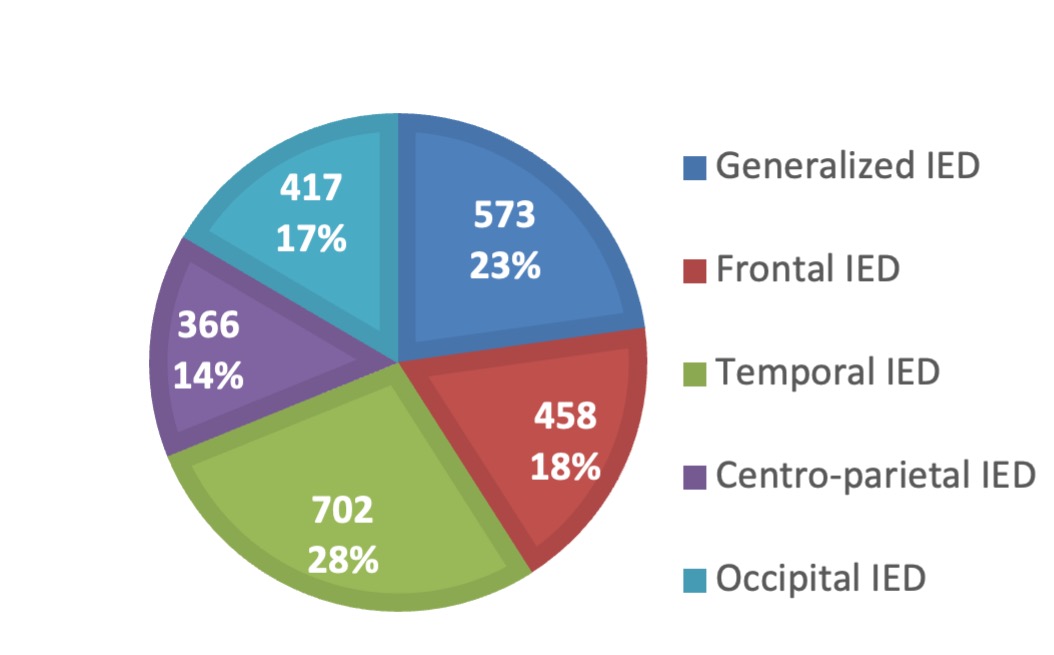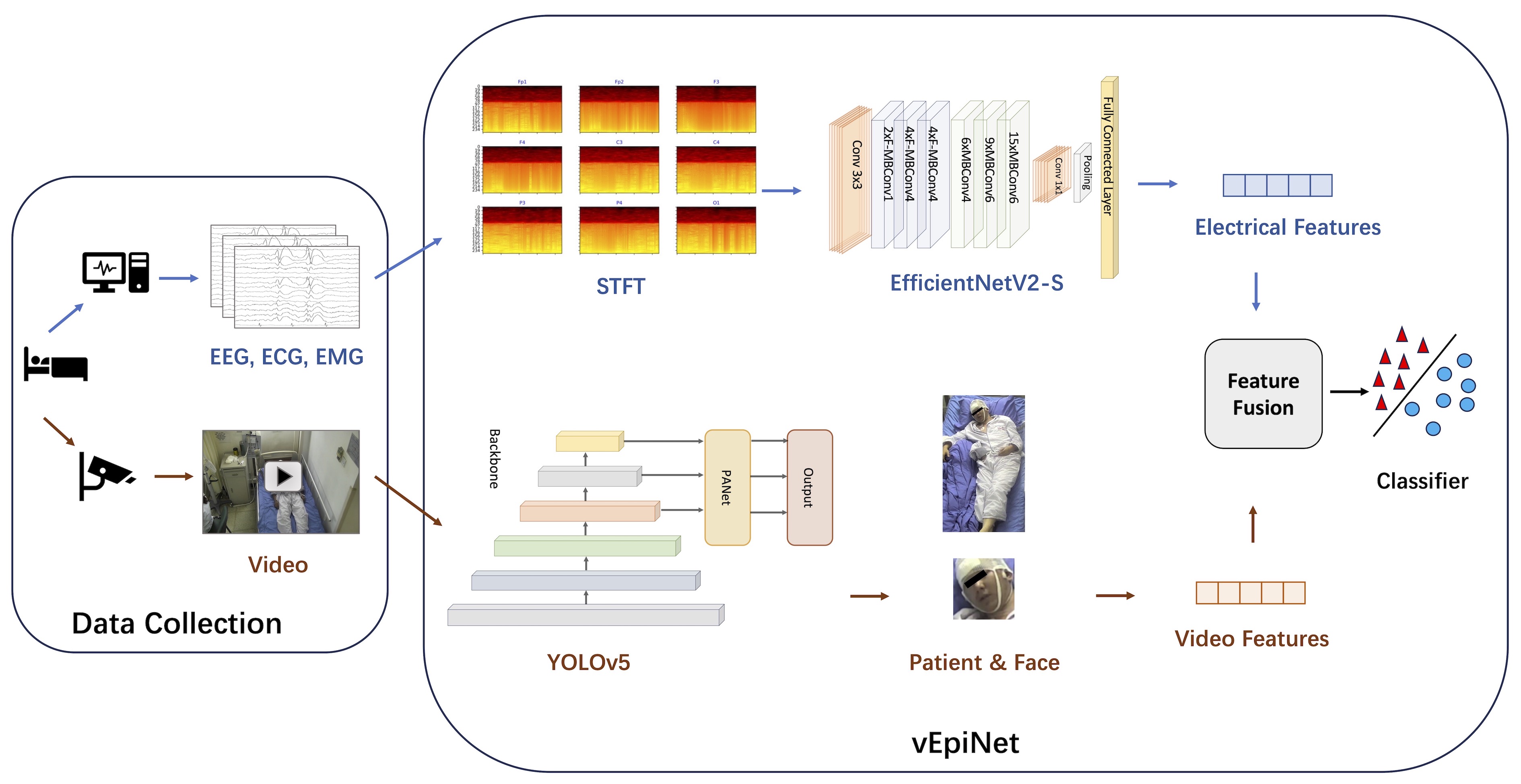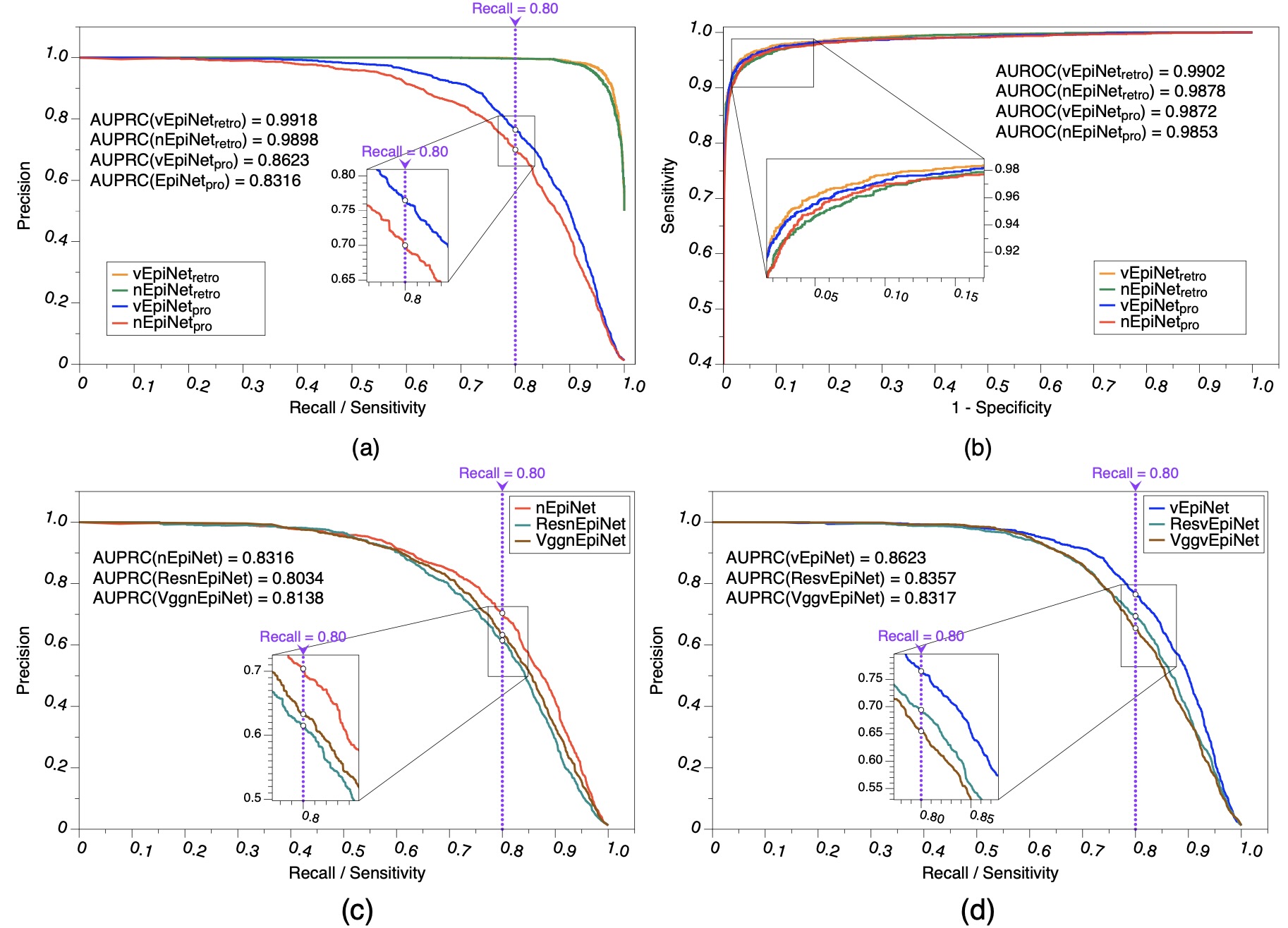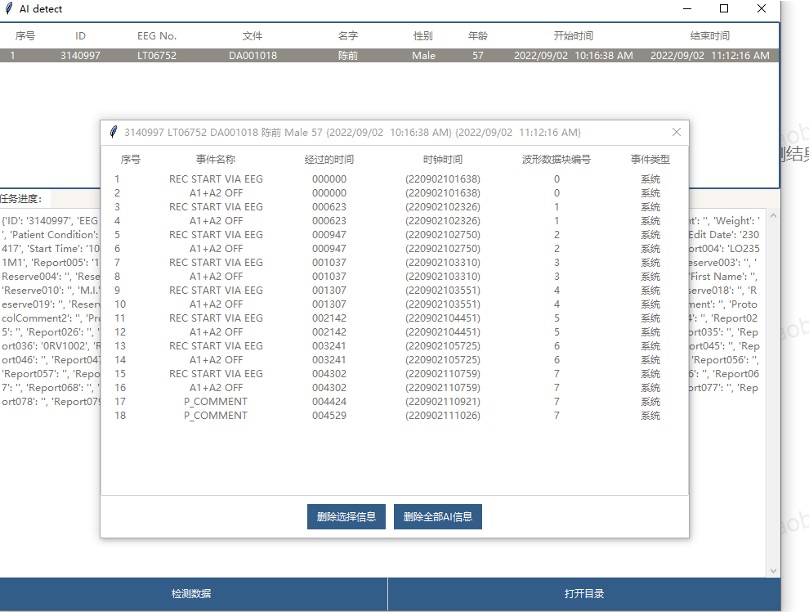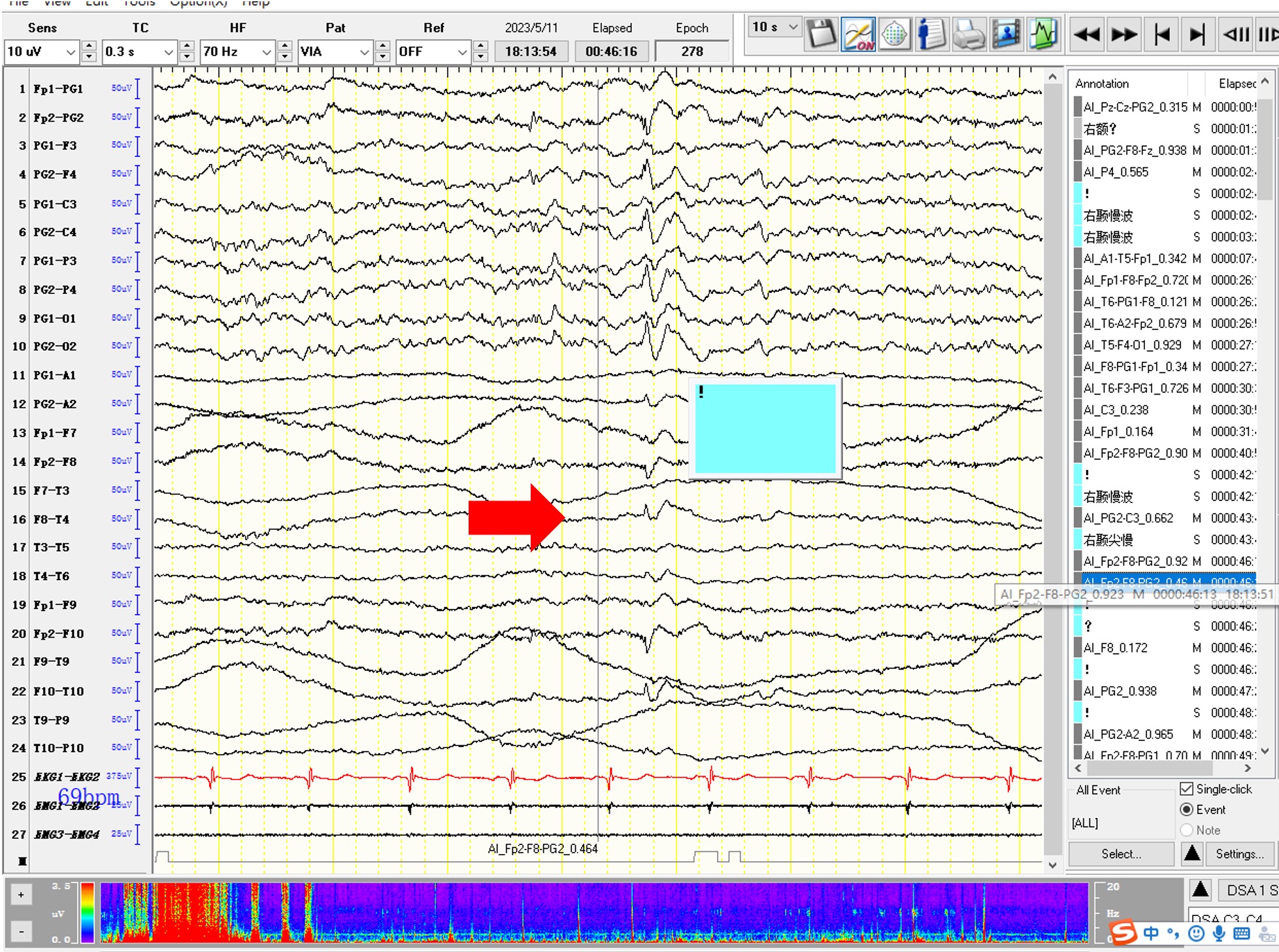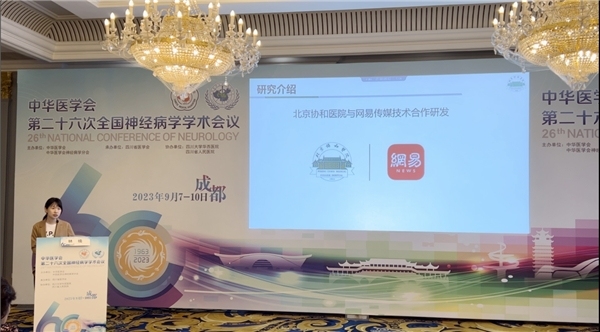Abstract Interictal epileptiform discharge (IED) and its spatial
distribution are crucial for the diagnosis, classification and
treatment of epilepsy. Manual annotation by electroencephalography (EEG) experts led to a lack
of publicly available
datasets from multiple epilepsy centers, impeding the development of automatic IED detection. We
present
an EEG database containing annotated interictal epileptic EEG data from 84 patients. We
extracted 20-minute continuous
raw EEG data from each patient, amassing 28 hours in total. IEDs and the state of consciousness
(wake/sleep) were
meticulously annotated by at least 3 EEG experts. Based on the occurrence regions, the
discharges are categorized into
five types: generalized IED, frontal IED, temporal IED, occipital IED, and centro-parietal IED.
All EEG data were
segmented into 4-second epochs. This resulted 2,516 IED epochs and 22,933 non-IED epochs
totally. We develop a VGG model
for IED detection trained and validated on the present dataset. The integration of consciousness
information improves
model performance, particularly at high levels of sensitivity. Furthermore, our dataset is
demonstrated to serve as a
robust tool for validating existing IED detection models and for automatically classifying IEDs
types based on spatial
distribution.
The vEpiSpy system achieves, for the first time, the integration of patient video and EEG data, faithfully emulating physicians' annotation methods when interpreting EEGs. This substantially enhances the accuracy of EEG-based AI detection, with specificity and sensitivity reaching 90% and 80%, respectively, and an error rate of less than 40%, comparable to the interpretive capabilities of human EEG experts in clinical trials. Additionally, vEpiSpy seamlessly integrates with hospital EEG software, enabling physicians to access AI-annotated EEG results without additional steps. With the assistance of vEpiSpy, physicians' interpretation time is reduced by an average of one third, resulting in an approximately 50% increase in efficiency and significant savings in human resources.
